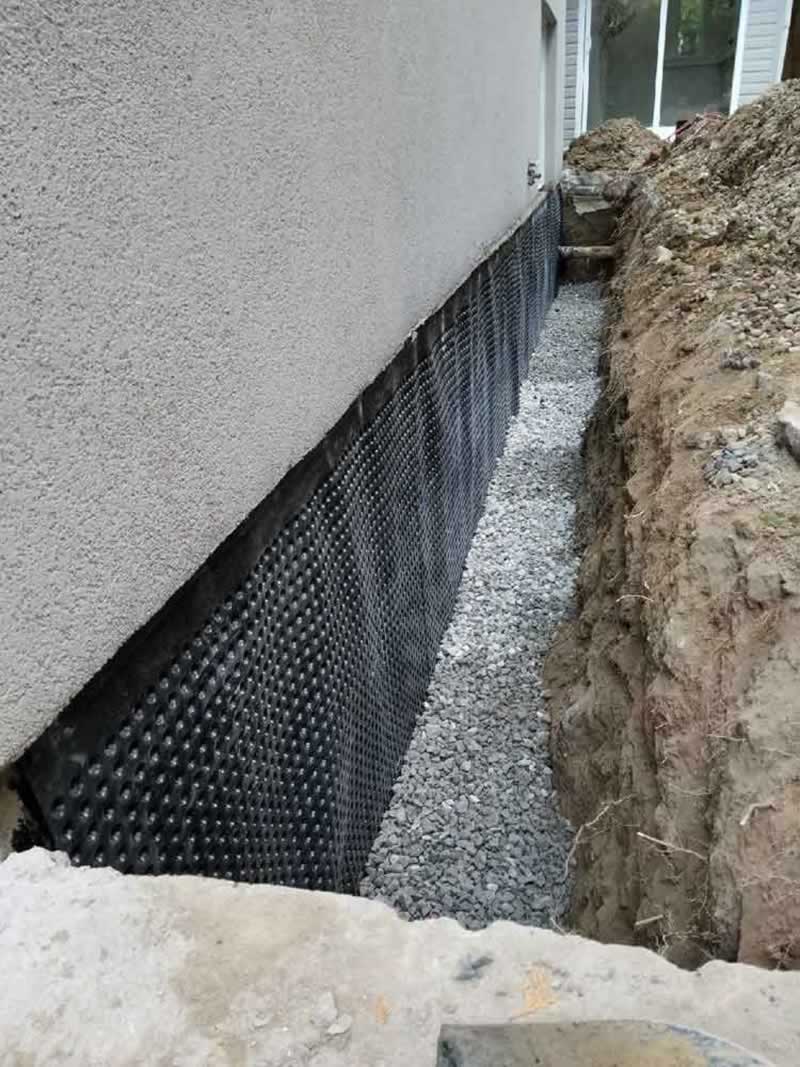Waterproofing is a critical consideration for property owners and landlords alike, yet it often falls to the background until the harm is done. With the threat of moisture infiltration posing a serious threat to the integrity of structures, understanding the necessity of waterproofing becomes crucial. Whether you are looking to protect your home from flooding or simply want to prevent mold growth in your basement, the right waterproofing solutions can save you thousands in repairs and ensure a safe living environment.
However, when it comes to executing waterproofing projects, many people find themselves torn between do-it-yourself methods and hiring expert services. Each option carries its own set of benefits and drawbacks. In this article, we will explore the key factors to consider when choosing between a do-it-yourself method and enlisting the help of a professional waterproofing contractor. By outlining critical waterproofing strategies and dispelling common fallacies, we aim to provide you with the knowledge necessary to make an educated decision that best suits your needs.
Comprehending the Value of Waterproofing
Waterproofing is an crucial aspect of maintaining any residential property or building, as it safeguards structures from the harmful effects of water infiltration. Moisture can leak into basements, sides, and ceilings, causing significant damage over time. By implementing proficient moisture-proofing strategies, property owners can deter issues like mildew formation, building decay, and expensive fixes down the line. This proactive approach not only safeguards the construction safety of a home but also enhances its overall marketability and durability.
Ignoring waterproofing can lead to critical consequences. Many residents do not realize the severity of damage that moisture can cause until it is past the point of no return. Indicators such as musty odors, stained surfaces, or humid lower levels should not be ignored, as they may suggest underlying issues that require prompt attention. The cost of neglecting these red flags can be significant, making it crucial for homeowners to understand the importance of swift moisture-proofing actions to avoid larger expenses in the long run.

Moreover, waterproofing is not just about protecting buildings; it also contributes to safer living environments. Too much moisture can lead to the development of mold and mildew, posing significant health risks to residents. By ensuring that buildings are sufficiently water resistant, not only are property damages averted, but the overall air quality and living experience within the location improve. As a result, selecting the appropriate waterproofing solutions is crucial for both safety and coziness, reinforcing the importance of this vital process.
DIY vs. Expert Waterproofing: Choosing the Best Choice
In terms of waterproofing your house or building, you may find yourself weighing the options between DIY methods and contracting professionals. One of the main benefits of a DIY approach is saving money. Many homeowners feel assured in tackling waterproofing tasks themselves, particularly with the abundance of online resources and products at hand. If you have some basic skills and the appropriate materials, you can handle small issues, like sealing cracks or applying waterproof coatings. However, it's crucial to keep in mind that not all waterproofing tasks are appropriate for a DIY approach, and mistakes can lead to major water damage down the line.
On the other hand, professional waterproofing services offer expertise and a guarantee of quality work. Experienced contractors have the knowledge and specialized tools necessary to address complex waterproofing issues efficiently. They can assess your property's unique needs and recommend tailored solutions that may not be evident to an untrained eye. Additionally, professional waterproofing often comes with warranties, which provide peace of mind knowing that any future issues concerning the work done will be covered.
Ultimately, the choice between DIY and professional waterproofing depends on the severity of the problem and your level of skill. For small, manageable tasks, a DIY approach may suffice. However, for https://aluneed.ca/ or critical issues, investing in professional services can save you time, energy, and potentially significant repair costs in the future. Assessing your skills and the specific needs of your property will guide you toward the most effective choice for effective waterproofing.
Key Waterproofing Techniques for Homeowners
Property owners can utilize several effective waterproofing techniques to protect their houses from moisture damage. One of the most vital measures is maintaining sufficient drainage around the base. This involves sloping the landscape outward from the house to channel rain away from the home, as well as installing gutters and downspouts to control roof runoff. Consistently cleaning these systems helps reduce blockages that could lead to standing water near the base, significantly minimizing the risk of leaks and structural damage.
Another crucial technique is putting on waterproof coatings to both indoor and exterior surfaces. Using premium sealants on basement walls and floors helps create a shield against moisture infiltration. For outdoor walls, select appropriate paint or membrane systems designed for waterproofing, making sure to cover all vulnerable areas carefully. Additionally, homeowners should always address any cracks and gaps in their walls and basements to stop water leakage before applying these coatings.
Finally, ensuring a humidity-controlled environment indoors is essential for preventing mold and mildew growth. Property owners should evaluate investing in dehumidifiers, especially in basements and crawl spaces where moisture tends to accumulate. Frequently inspecting and sealing areas prone to leaks, such as around windows and doors, also plays a crucial role in keeping indoor spaces water-free. By merging these techniques, homeowners can safeguard their homes and enhance their longevity against water damage.
